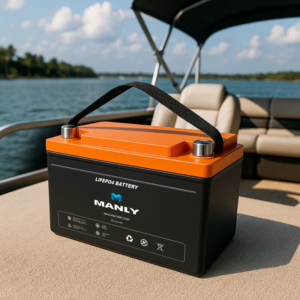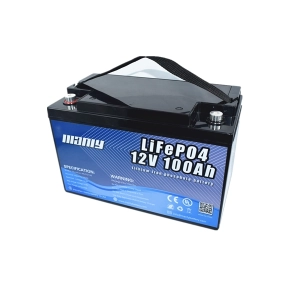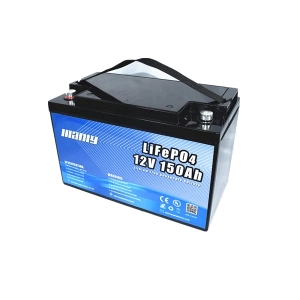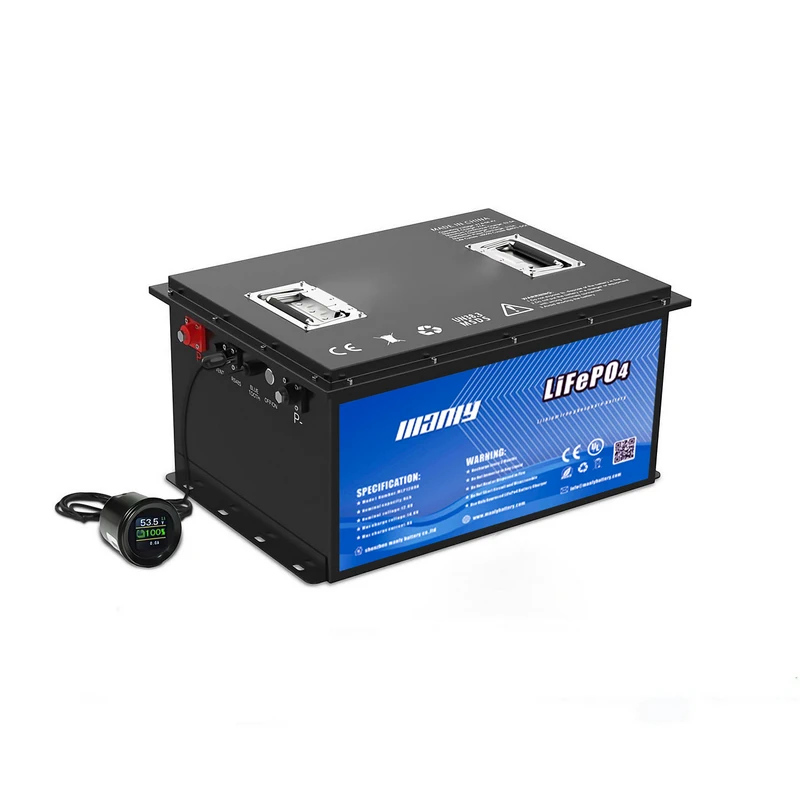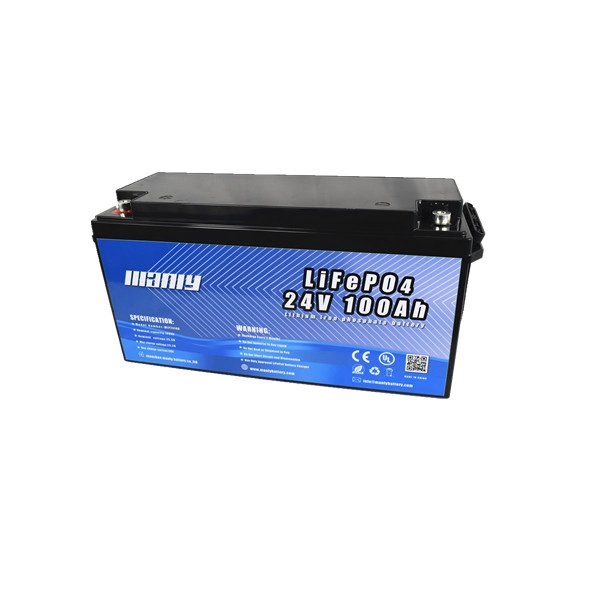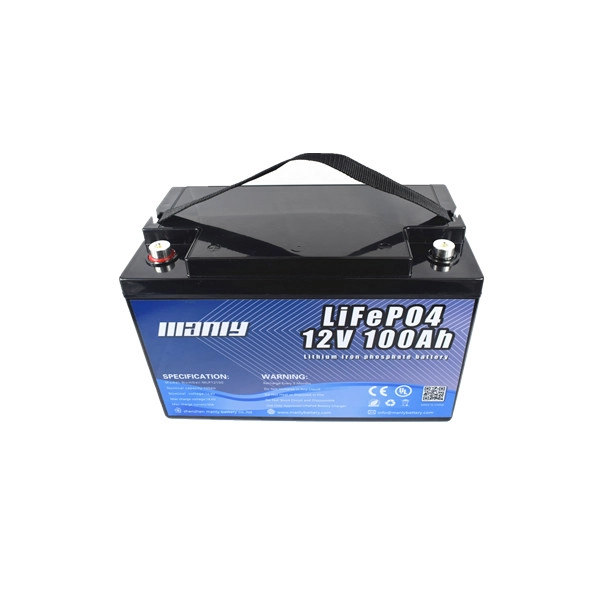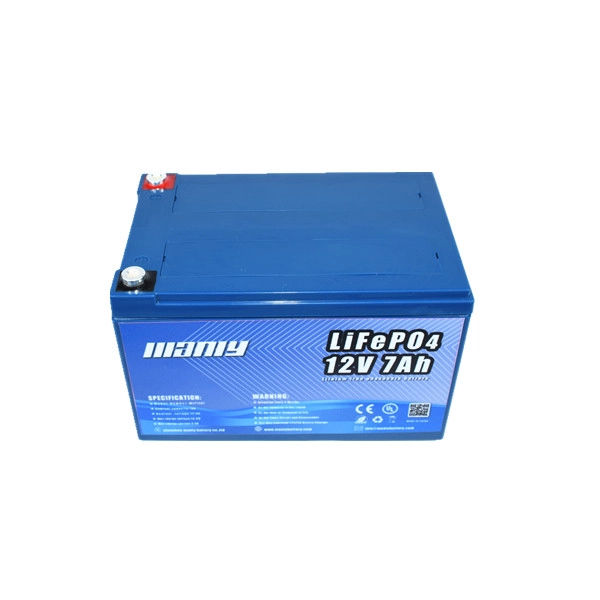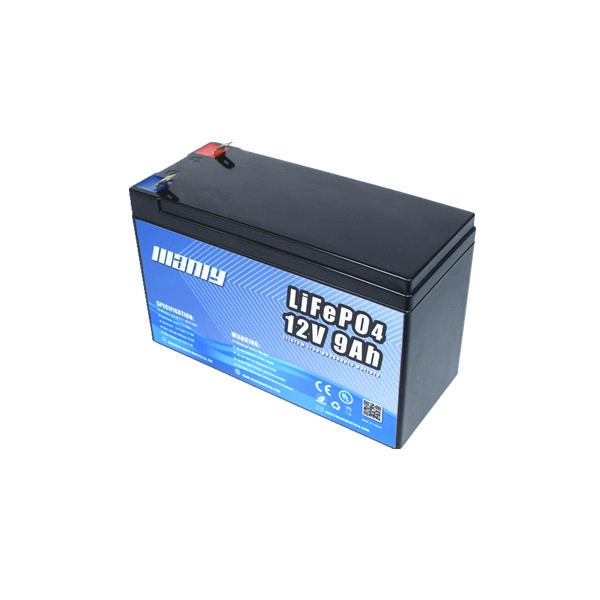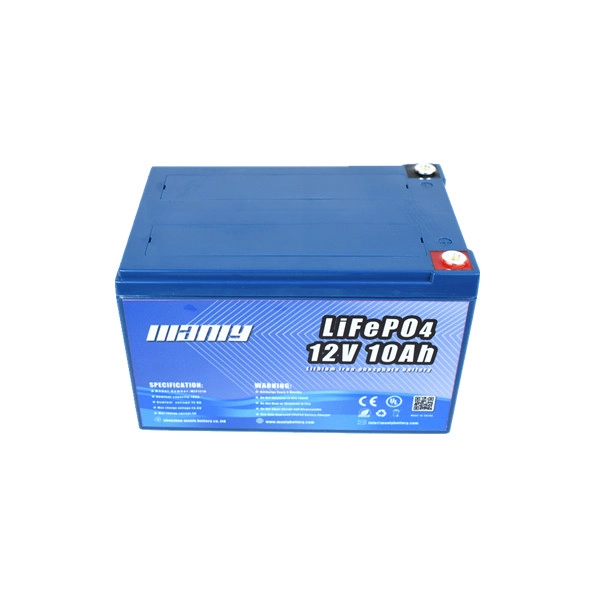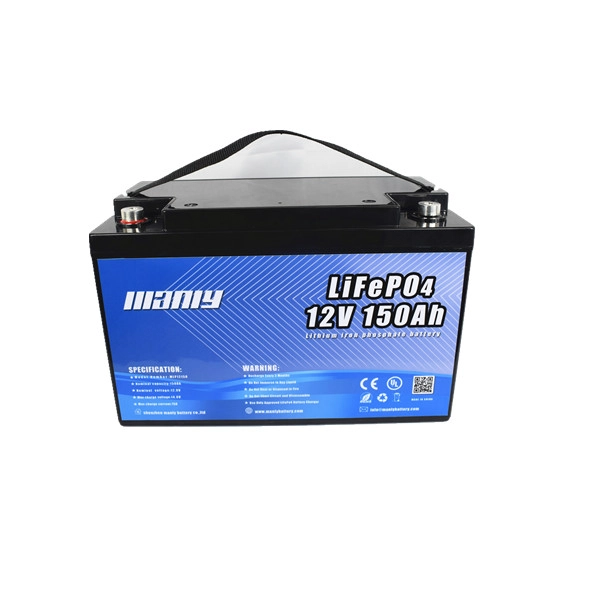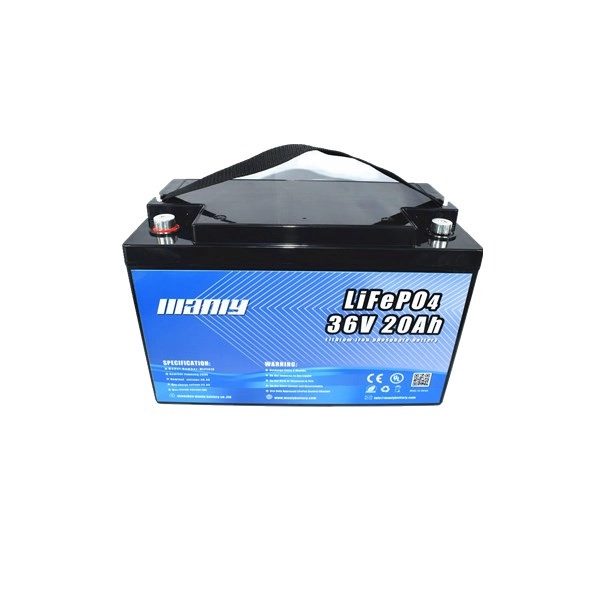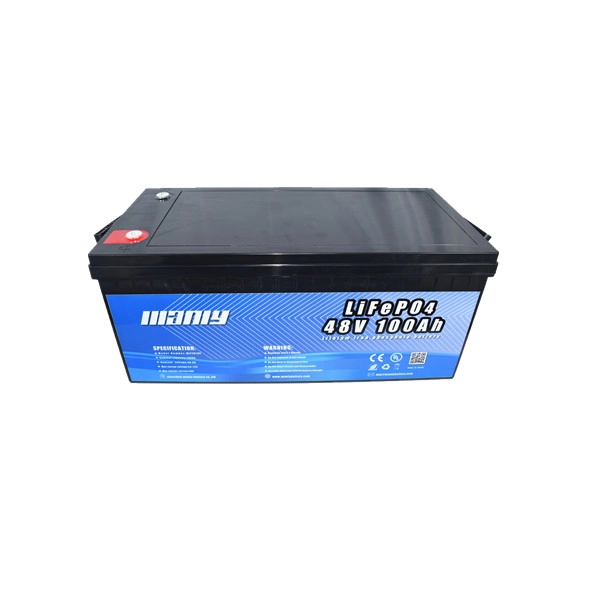2024 How Long Do Riding Lawn Mower Batteries Last
Table of Contents
- 2024 How Long Do Riding Lawn Mower Batteries Last

How Long Do Riding Lawn Mower Batteries Last
The lifespan of riding lawn mower batteries varies based on the type of battery and maintenance practices. On average, these batteries last between three to five years.Lead-Acid Batteries
Lead-acid batteries are commonly used in riding lawn mowers. With proper care, they typically last about three to four years. Regular maintenance, such as cleaning terminals and ensuring secure connections, can help extend their lifespan.Lithium-Ion Batteries
Lithium-ion batteries are known for their durability and longer lifespan. They can function for up to five years or approximately 500 charging cycles. These batteries require less maintenance and offer consistent performance throughout their lifespan.Factors Affecting Riding Lawn Mower Batteries Lifespan
The longevity of riding lawn mower batteries depends on several key factors:Usage Frequency and Duration
Regular use of your riding lawn mower helps maintain battery health by keeping it active. However, excessive use without allowing the battery to cool down can lead to overheating and reduce its lifespan. Conversely, infrequent use can cause the battery to lose its charge over time, leading to sulfation in lead-acid batteries, which diminishes their capacity. Therefore, moderate and consistent use is ideal for prolonging battery life.Maintenance Practices
Proper maintenance is crucial for extending the life of riding lawn mower batteries. Regularly cleaning the battery terminals prevents corrosion, which can impede electrical connections. Ensuring that all connections are secure helps maintain efficient power transfer. Additionally, inspecting the battery for any signs of damage or wear allows for early detection of potential issues, preventing further deterioration.Storage Conditions
The environment in which you store your riding lawn mower significantly impacts battery longevity. Extreme temperatures can adversely affect battery health; high temperatures can cause the battery to overheat, while freezing temperatures can lead to discharge and potential damage. Storing the mower in a cool, dry place during off-seasons helps maintain optimal battery condition. For lead-acid batteries, it's advisable to keep them fully charged during storage to prevent sulfation.Charging Habits
Proper charging practices are essential for maintaining the health of riding lawn mower batteries. Overcharging can cause overheating and reduce battery capacity, while undercharging can lead to sulfation in lead-acid batteries. Using a charger with an automatic shut-off feature prevents overcharging. It's also important to charge the battery after each use, especially if the mower won't be used for an extended period, to keep it in good condition.By paying attention to these factors, you can significantly extend the lifespan of your riding lawn mower battery, ensuring reliable performance and reducing the need for frequent replacements.Signs Your Riding Lawn Mower Batteries May Need Replacement
Recognizing when your riding lawn mower battery is nearing the end of its lifespan is crucial for maintaining optimal performance. Here are common indicators that it may be time for a riding lawn mower battery replacement:- Difficulty Starting the Mower: If your mower struggles to start or requires multiple attempts, it could signal a weakening battery. This is often due to the battery's inability to hold a sufficient charge.
- Reduced Power: Experiencing a noticeable decrease in the mower's power or efficiency during operation may indicate that the battery is not supplying adequate energy. This can result in uneven cutting or the mower stalling unexpectedly.
- Frequent Need for Jump-Starts: Needing to jump-start your mower regularly suggests that the battery is no longer reliable and may soon fail completely.
- Visible Corrosion or Damage: Inspect the battery terminals for corrosion, which can impede electrical connections. Additionally, any visible damage, such as cracks or swelling in the battery case, indicates it's time for a replacement.
- Age of the Battery: If your battery is approaching or has exceeded its typical lifespan of 3-5 years, it's prudent to monitor its performance closely and consider a replacement to avoid unexpected failures.
How to Test Your Lawn Mower Battery
Regular testing of your riding lawn mower battery can help identify issues before they lead to equipment failure. Here's how you can test your battery:- Visual Inspection: Check for any visible signs of damage, such as cracks, swelling, or corrosion on the terminals. Corrosion can hinder the flow of electricity and weaken the battery.
- Voltage Testing with a Multimeter:
- Set the multimeter to the DC voltage setting.
- Connect the red probe to the positive terminal and the black probe to the negative terminal of the battery.
- A fully charged 12-volt battery should read around 12.6 volts. If the reading is significantly lower, the battery may need charging or replacement.
- Load Testing: This test assesses the battery's ability to hold voltage under load. It's recommended to have this test performed by a professional to ensure accuracy and safety.
Tips to Extend Battery Life
Maintaining the longevity of your riding lawn mower battery is essential for consistent performance. Implementing regular maintenance, proper storage, and optimal charging practices can significantly extend its lifespan.Regular Maintenance
Routine checks and upkeep are vital for battery health:- Clean Terminals: Regularly inspect and clean the battery terminals to prevent corrosion, which can impede electrical connections. Use a mixture of baking soda and water to clean the terminals, and apply a thin layer of petroleum jelly to prevent future corrosion.
- Secure Connections: Ensure all connections are tight and free from debris to maintain efficient power transfer.
- Inspect for Damage: Regularly check the battery for any signs of damage, such as cracks or swelling, and replace it if necessary.
Proper Storage
Storing your mower and its battery correctly during off-seasons is crucial:- Cool, Dry Environment: Store the battery in a cool, dry place to prevent damage from extreme temperatures and humidity.
- Disconnect Battery: If storing the mower for an extended period, disconnect the battery to prevent any potential drain.
- Avoid Concrete Surfaces: Store the battery on a wooden shelf or a piece of cardboard, as placing it directly on concrete can lead to discharge over time.
Optimal Charging Practices
Proper charging habits are essential for battery longevity:- Use Appropriate Charger: Always use a charger compatible with your battery type to prevent overcharging or undercharging.
- Avoid Overcharging: Disconnect the charger once the battery is fully charged to prevent overheating and potential damage.
- Regular Charging: Even during periods of inactivity, charge the battery every few weeks to maintain its health.
How Much Are Riding Lawn Mower Batteries
The cost of riding lawn mower batteries varies based on factors such as battery type, capacity, and brand. Generally, prices range from $100 to $500 or more for a new battery.MANLY Battery's Lithium-Ion Riding Lawn Mower Batteries
MANLY Battery offers a range of lithium-ion batteries suitable for riding lawn mowers. Their products are known for high quality and competitive pricing. For company clients purchasing batteries, the price range per unit (excluding additional fees) is as follows:- 12V 18Ah to 100Ah: $37 to $190 per battery.
- Up to 200 batteries: Standard price.
- 200 to 500 batteries: 5% discount.
- Over 500 batteries: 15% discount.
Comparison with Other Brands
When comparing MANLY Battery's prices to other brands, it's important to consider the type and capacity of the battery:- Lead-Acid Batteries: These are typically less expensive, with prices ranging from $30 to $200. However, they have a shorter lifespan and require more maintenance.
- Lithium-Ion Batteries: While the initial cost is higher, ranging from $40 to $200 or more, they offer longer lifespan, lighter weight, and require less maintenance.
Notable Brands and Prices
Here are some well-known riding lawn mower batteries available in the U.S. and Europe, along with their approximate prices:- Weize 12V 35Ah Battery
- Type: Sealed Lead Acid (SLA)
- Price: Approximately $70
- Details: This battery is compatible with various riding lawn mowers and offers reliable performance.
- Mighty Max Battery ML-U1-CCA 12V 200CCA
- Type: Sealed Lead Acid (SLA)
- Price: Around $60
- Details: Known for its durability and compatibility with multiple mower brands.
- UPLUS U1 12V 320CCA Riding Lawn Mower Battery
- Type: Absorbent Glass Mat (AGM)
- Price: Approximately $70
- Details: Maintenance-free battery suitable for brands like John Deere, Cub Cadet, and Husqvarna.
- EverStart Lead Acid Lawn & Garden Battery, Group Size U1 12 Volt, 230 CCA
- Type: Lead Acid
- Price: Around $30
- Details: Available at Walmart, this battery offers a budget-friendly option with reliable performance.
- Traveller 12V 300 CCA Rider Mower Battery
- Type: Lead Acid
- Price: Approximately $50
- Details: Powered by Interstate, this battery is available at Tractor Supply Co. and fits various riding mower models.
Value Proposition of MANLY Battery
Choosing MANLY Battery's lithium-ion riding lawn mower batteries offers several benefits:- Cost-Effectiveness: Despite the higher upfront cost, the extended lifespan and reduced maintenance of lithium-ion batteries can lead to savings over time.
- Bulk Purchase Discounts: MANLY Battery's discount structure for bulk purchases provides additional cost savings for larger orders.
- High Quality: MANLY Battery is known for producing high-quality batteries that meet the demands of various applications.

